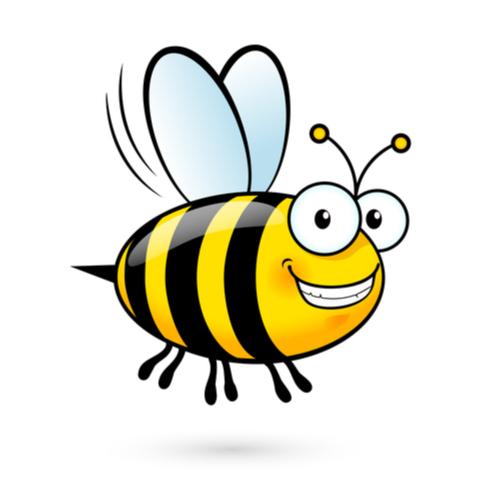Researchers from the Centre for Ecology & Hydrology (CEH) have published results of a large-scale field experiment, paid for by neonicotinoid (also shortened as "neonics") manufacturers Syngenta and Bayer, to assess neonicotinoid impacts on honeybees and wild bees across Europe.
There were 258 data points, nine of which were negative, seven were positive and four were inconclusive. So 238 of 258 showed no effect. By my count, over 90 percent of the hives had no detectable levels of the agents. Yet despite that the environmental Twittersphere is already abuzz saying that they have a smoking gun for neonicotinoids and bee health. Just the opposite of what an impartial analysis would find. If spin were happening on the science side, it could instead be claimed neonicotinoids are helping bee health.
The work - undertaken in the UK, Germany, and Hungary - exposed three bee species to winter oilseed rape crops treated with neonicotinoid seed coatings containing clothianidin, from Bayer CropScience, or Syngenta's thiamethoxam - agents effectively banned in the EU in 2013 due to concerns regarding their impact on bee health. The press release states their conclusion:
The researchers found that exposure to treated crops reduced overwintering success of honeybee colonies - a measure of year-to-year viability - in two of the three countries. In Hungary, colony numbers fell by 24 percent. In the UK, honeybee colony survival was generally very low, but lowest where bees fed on clothianidin treated oilseed rape in the previous year. No harmful effects on overwintering honey bees were found in Germany.
While they tried to control for a range of variables, real world experiments are complex. If you read the entire paper, you see that in addition to the experimental variable of neonicotinoid applications, these bees were in different environments and had differing baseline health as measured by the presence of mites. The UK bees had weaker hives and more Varroa mites, so they were far more likely to have greater losses regardless of any agricultural pesticide.
Here is what they found with respect to the neonicotinoid applications:
“Individual clothianidin, thiamethoxam and imidacloprid residues were too infrequent to provide a robust analysis of their individual responses.”
By ‘too infrequent” they mean that ~90 percent of the hives had no detectable levels of the chemicals, as I noted above.
They also recognize that the effects were ‘country-specific’ interaction between neonicotinoids, the type of forage crops available and the incidence of disease (mites) within the hives. Both forage crops and disease incidence were highest in Hungary and the UK, the two sites supporting their conclusion that the chemicals were harming bee health.
“Taken together, our results suggest that exposure to neonicotinoid seed treatments can have negative effects on the interannual reproductive potential of both wild and managed bees…”
Germany was seemingly forgotten when they wrote that. But the authors can wash away that inconsistency using terms like "suggest" and "can have" and "potential." Scientifically, they have an easy out but the public and journalists will just see "seed treatments" and "negative effects" and worry about an ecological crash. That can't be an accident.
Given all those variables, it is equally plausible, given the data, that the effect of neonicotinoids was negligible and that the effects seen were entirely related to forage and disease.
With 9 negative effects and 7 positive, people mining for one result and ignoring all of the opposite and no-result effects could easily claim that these compounds improved bee health. Numerical experts will dismiss both as being too close to the statistical noise range to draw a conclusion. Others could argue someone should call Retraction Watch because of all these weaknesses.
The data are consistent with all of those conclusions. Sometimes experiments have null results like this, we should have no problem with experimental data that isn't absolutely answering any questions, that is part of the process of science; the problem is the narrative judgment that led them to favor a conclusion when their data did not show it. They answered the question one way despite their own findings.
The study says, “interacting environmental factors can amplify the impact of honey bee worker losses…”
Yet in their press release, a document designed to garner attention from journalists who are not going to read the study [1], they focus on the pesticides they just admitted they couldn't show were a factor. "The negative effects of neonicotinoids on wild bees may also be the result of diverse mechanisms of exposure that include persistent residues of neonicotinoids in arable systems due to their widespread and often very frequent use."
Nature is complex, why is it so hard to say, we don’t know and we're going to study it some more? Because science won't get you on the cover of Mother Jones, that's why.
NOTE:
[1] If you are a journalist who read this two-page document and the additional 50-page supplemental report containing all the data and experimental rationale, my apologies.




